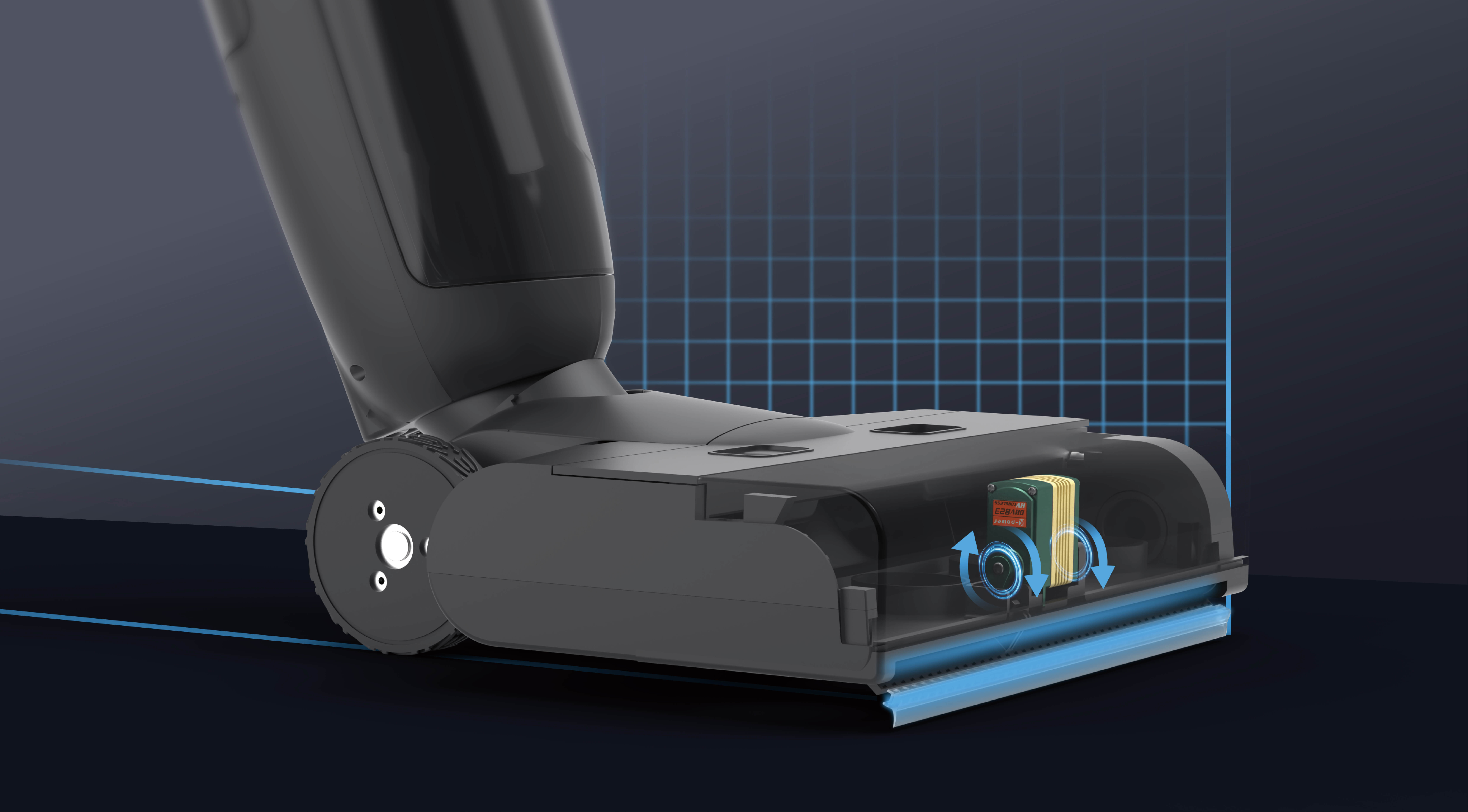Domain-driven design (DDD) and microservices are two powerful approaches that can significantly enhance the way your team builds and manages software systems. But how exactly do they work together, and what can they do for your projects?

Imagine you're building a large-scale application. You know it needs to scale, and it needs to stay flexible as it evolves over time. At the same time, you want your team to be productive, collaborating without getting bogged down by the complexity of the system. This is where the combination of DDD and microservices shines.
In a traditional monolithic system, all your code is bundled into one unit. This makes deployment and updates tricky, especially as the system grows. You could face situations where updating one feature might inadvertently break others. But with microservices, the whole application is broken down into smaller, independently deployable services. This approach allows for flexibility and scalability while maintaining a clear separation of concerns. It's like having a collection of well-organized parts that each do their job without stepping on each other’s toes.
But here’s the key: Domain-Driven Design helps you organize these services around the business domain. Instead of focusing purely on technical concerns like APIs or databases, DDD encourages you to understand the problem you're solving for your business. It’s about getting to the core of what your product is really doing and structuring your microservices around that.
Think about it this way: in a typical e-commerce platform, you might have microservices for product catalog, order management, payments, and shipping. Each of these could represent a different domain. DDD helps you ensure that these services are aligned with the business needs, so your system can grow and adapt in a way that’s always in sync with what your customers need.
So how do these concepts connect? Let’s take an example. Imagine a company is building a system for managing customer subscriptions. The subscription service would be one microservice, while the billing service could be another, and so on. DDD encourages the teams working on these services to define clear boundaries for each one, ensuring they handle their domain (subscription management or billing) independently.
And it doesn’t stop there. Through DDD, you end up with a shared understanding of the business, which means everyone on the team is on the same page. The developers, the product managers, even the business analysts—they all have a clearer view of the goals, and this leads to better decision-making when it comes to building features or making changes to the system.
As microservices are built around these well-defined business domains, they become more than just technical components—they start to mirror how the business actually works. The result? A more scalable, flexible, and maintainable system that adapts to changes in the business landscape.
There’s one more thing to remember: microservices allow teams to work independently. Each team can focus on its specific microservice, without worrying about the whole system. This autonomy reduces bottlenecks and accelerates the development cycle, ultimately leading to faster delivery of new features or updates.
But implementing this approach isn’t without its challenges. For one, aligning your team around the domain and making sure everyone understands it deeply can take time. Plus, breaking a large system into smaller services means dealing with issues like service communication, data consistency, and transaction management.
Still, the benefits of combining DDD with microservices—clearer business alignment, faster development cycles, and more flexible systems—are well worth the effort. When done right, it transforms how your team builds software and how your software grows with your business.
Established in 2005, Kpower has been dedicated to a professional compact motion unit manufacturer, headquartered in Dongguan, Guangdong Province, China. Leveraging innovations in modular drive technology, Kpower integrates high-performance motors, precision reducers, and multi-protocol control systems to provide efficient and customized smart drive system solutions. Kpower has delivered professional drive system solutions to over 500 enterprise clients globally with products covering various fields such as Smart Home Systems, Automatic Electronics, Robotics, Precision Agriculture, Drones, and Industrial Automation.




































